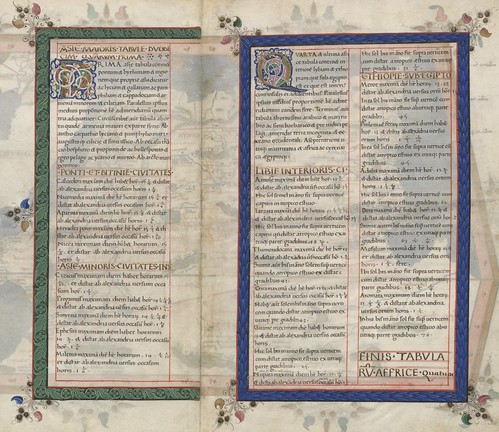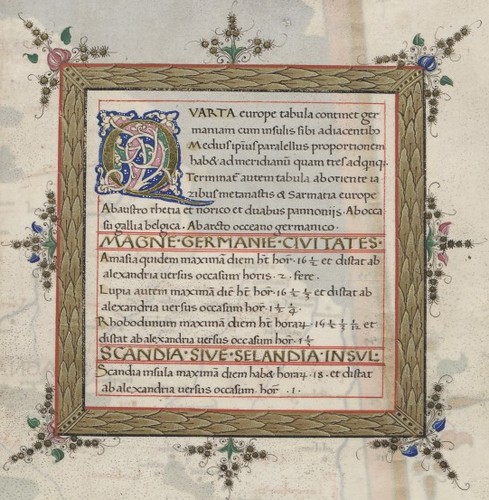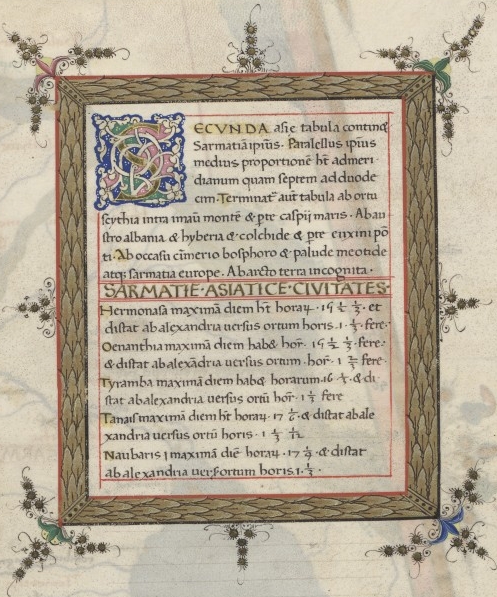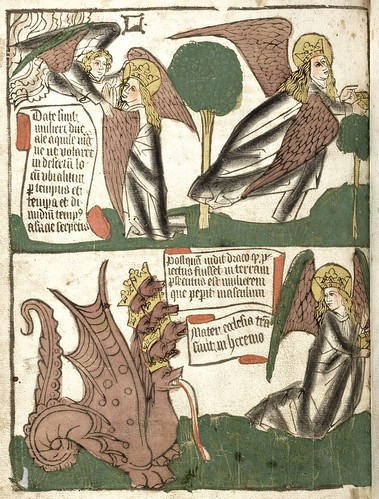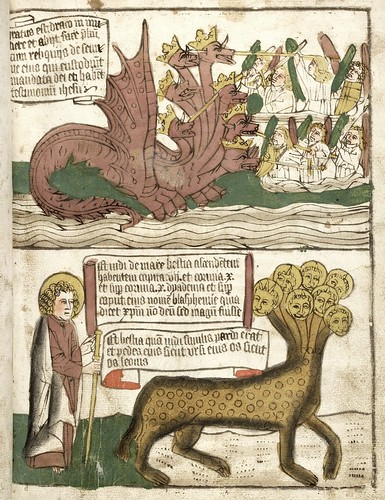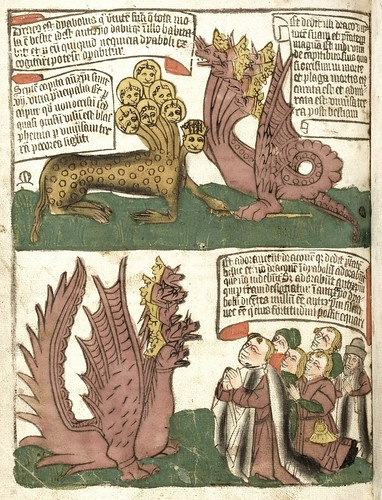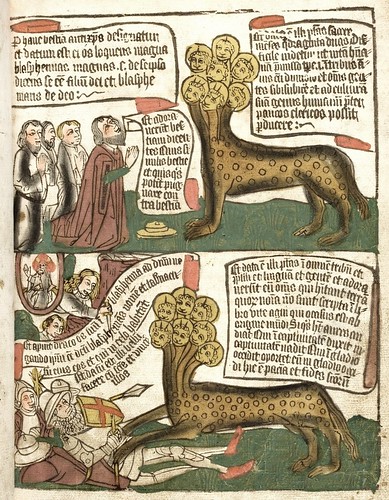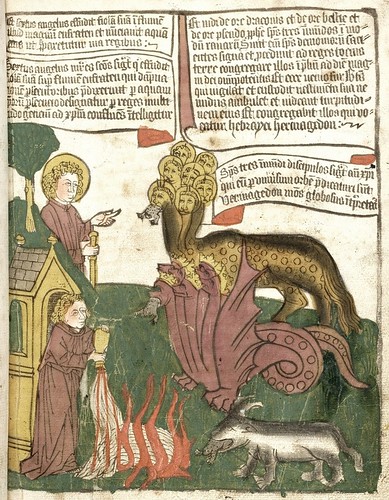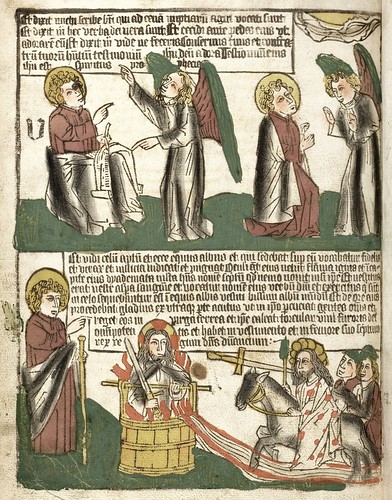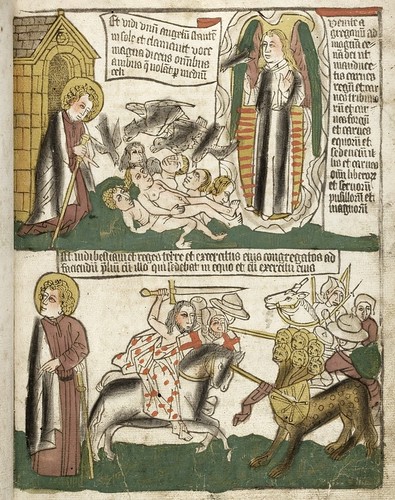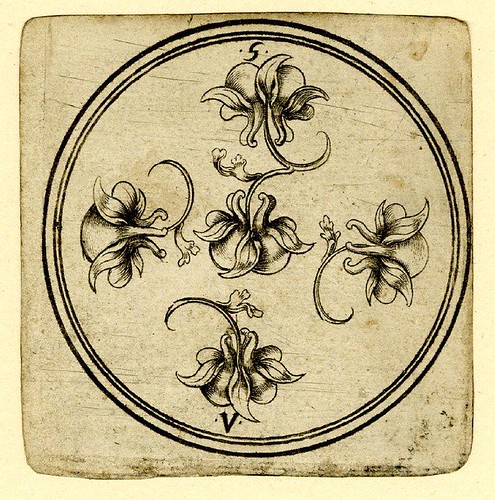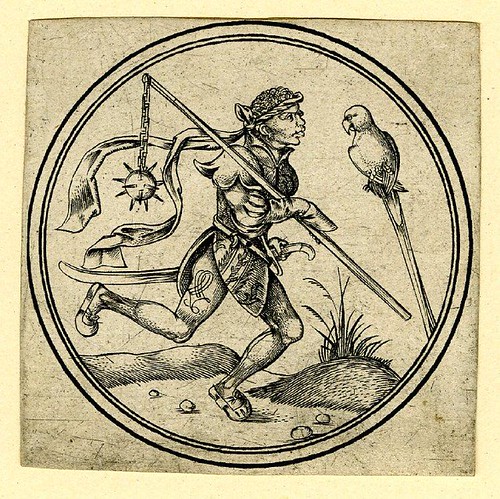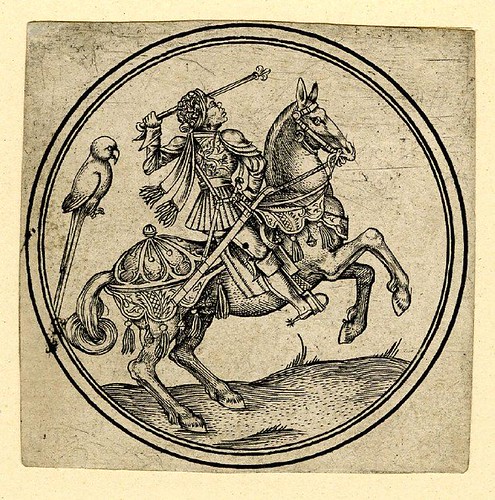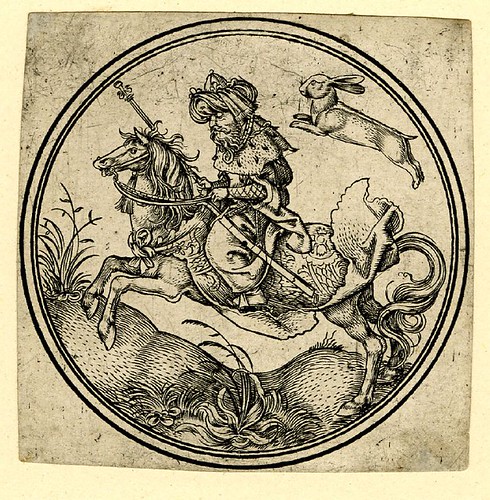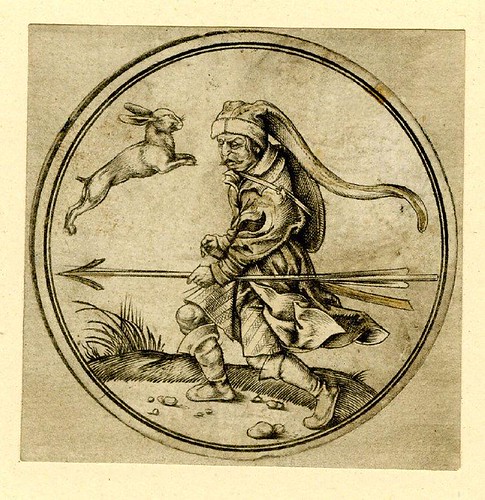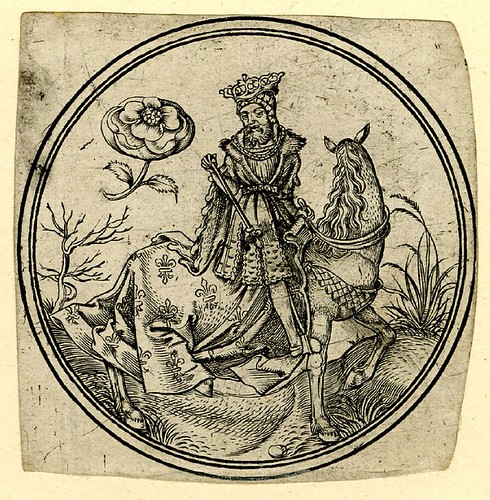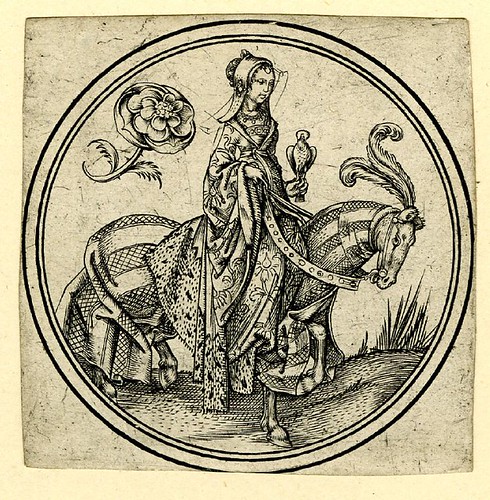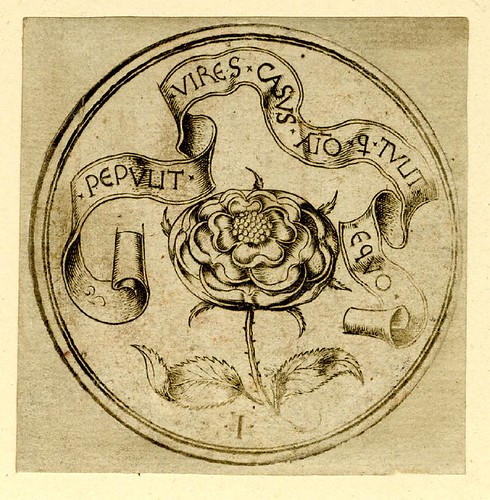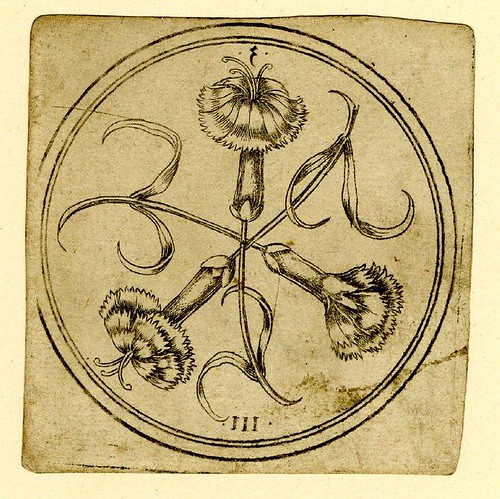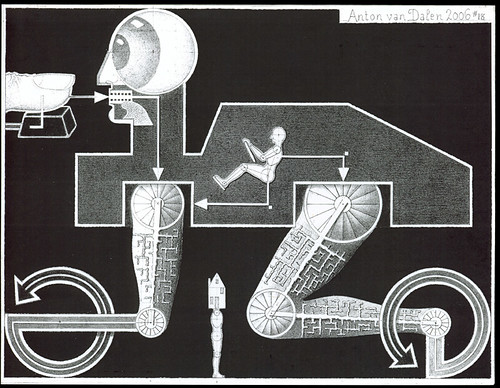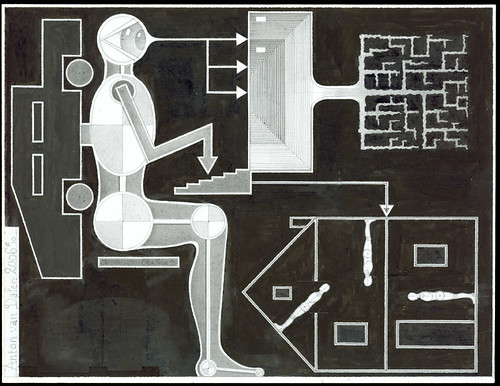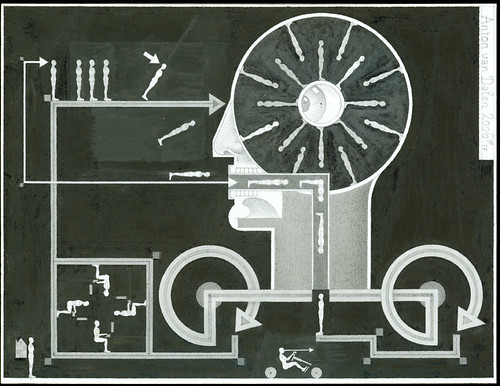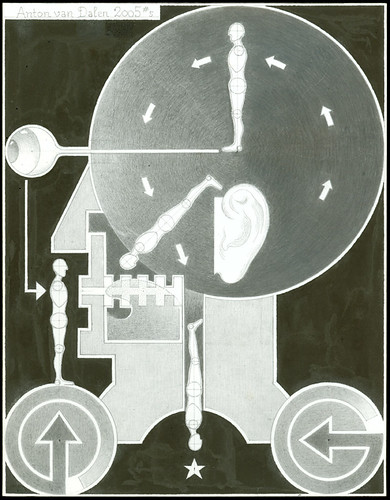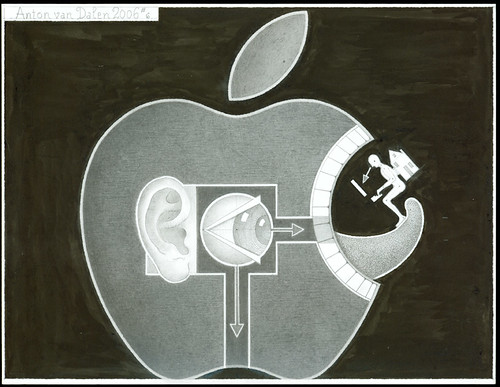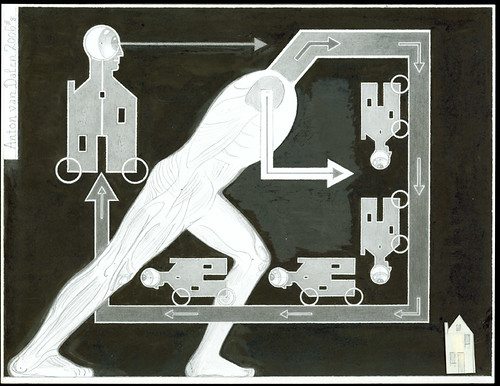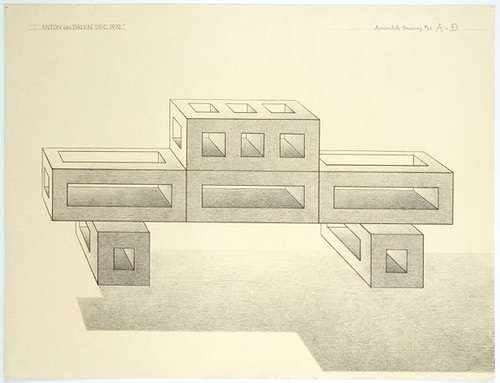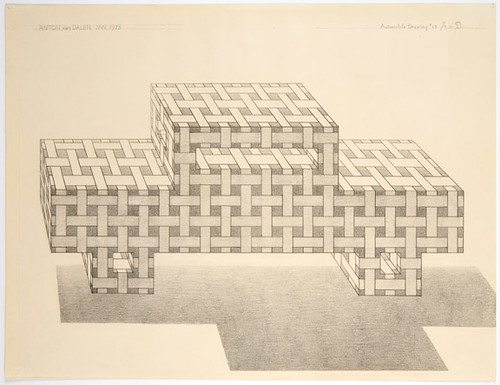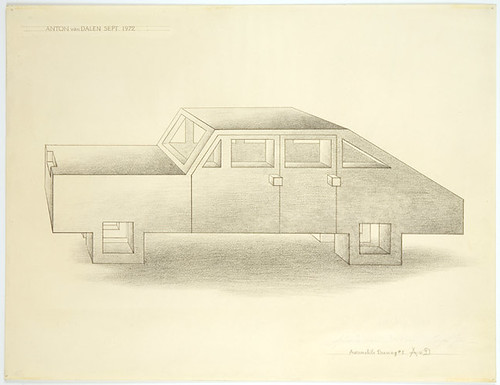"The work of ancient Greek culture 'Geografice hyfegesis ...' by Claudius Ptolemy, an astronomer and geographer of Alexandria was written around 160 A.C. It influences the knowledge of the world and the self-awareness of Europeans for nearly 1500 years. The text in the presented BOZ codex (Zamoyski Library) is the fourth edited version of Geography authored by a monk Donnus Nicolaus Germanus with the later added title Cosmographia Claudii Ptolemaei. It contains, in the first volume the text of the work dedicated to pope Paul II and in the second volume 27 maps prepared on the basis of information contained in the work by Ptolemy and three "new" maps drawn according to the state of knowlegde from the beginning of the 15th century. One may find in it very significant information about Europe and the whole ancient world from the times before the discovery of America.
It is the only preserved copy of the fourth edited version, which is why it is of immense interest to historians. It has not been published thus far, only pre-war facsimiles of two maps quotes in several publications are known. The whole codex is very richly decorated and gilt-edged. Both maps and their descriptions are within frames featuring floral motifs, at the beginning of each description are gilt initials in the bianchi ghirari style. The presented map of the world, stretching from Western Ocean to China and from the sources of Nile to Greenland is at the same time image of the Earth in the boundless outer space. It is surrounded by personifications of 12 winds, the luminous oval in gold, pinkish and blue symbolizes the elements which make up the Universe: earth, air, fire and water. The other hemisphere was not presented."
- The 1467 illuminated manuscript in latin of Ptolemy's 'Geographia' ('Cosmographia') is online at the Polish Digital Library.
- All twenty seven Ptolemy manuscript maps have been uploaded to Wikimedia.
- "Ptolemy's World" exhibition site at James Ford Bell Library, University of Minnesota.
- New Advent: Nicolaus Germanus; Geography and the Church.
- Bill Thayer's translation of Ptolemy: The Geography, at the University of Chicago.
- Translation of Books I & II of Ptolemy's 'Geographia' by Louis Francis, 1994.
- The Wikipedia article on Ptolemy has a wealth of links.







